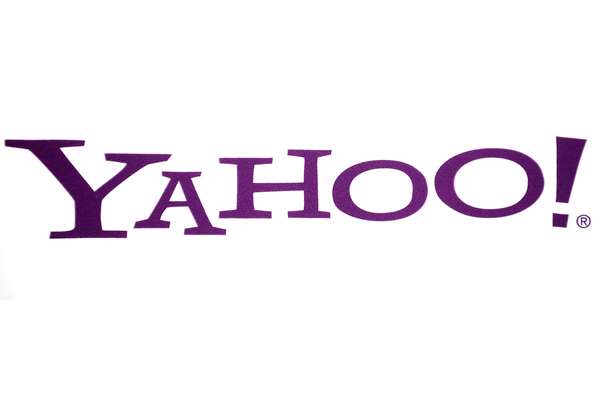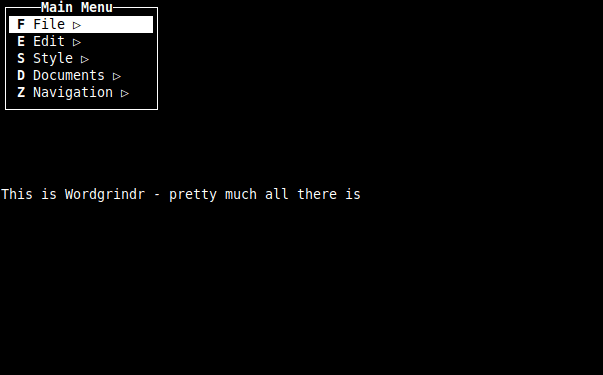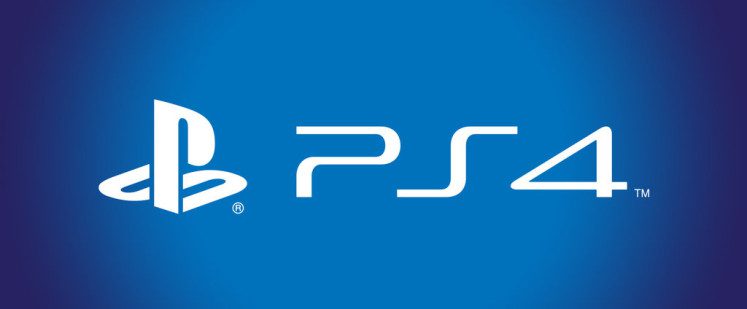
About six or seven years ago I saw the writing on the wall. Facebook was going to become the dominant social network. This had its benefits such as a singular point to find and interact with people. The downsides were much more obvious. Back in 2008, Facebook was already dealing with privacy backlash over changes. Similar to the way it is today, every change required you to go in and verify your privacy settings to make sure you were not sharing too much online.
If you wanted to do something you either had to wait for Facebook to roll out a feature or try to work within the confines of Facebook’s sometimes clumsy interface. Let’s take a look at something like a blog post. Facebook still has a notes section and there is a minimal restriction for long-form posts within the status updates. However, if you actually use these features both have immediate flaws in their design.
For status updates and notes the text will start and then get truncated. You can not control the truncation point. The first problem is when it gets truncated in mid-sentence after four or five lines. You then have to click “read more”. The worst-case scenario only gives you a couple more words. In the best case such as notes, it takes you away from the box into a separate Facebook page. You can’t use images effectively within the post or embed video – these are pushed to the back of the bus at the very bottom of the post. This is an encouragement to keep the post short, just so they can get to the image or video.
There is the option to write a piece somewhere else and share the link. Then you can a preface to the most encouraging your friends to click the link and read your words. I can say from looking at web statistics that my friends don’t read the posts I put on my blog. The majority of my web traffic comes from google searches. This is fine for me, but it shows the lack of effort that people put into something as simple as a click that isn’t a cute image or a viral video.
If you are using Facebook to deliver your message, you also can’t really use different fonts or styles – you are told how you must be dressed to appear in public. There are no tattoos or loud music – no shirts and no service – these are Facebook’s rules. While our messages must be different and we have the illusion of cover images and profile pictures – we must all be the same. The only thing that makes each of us different is the message, not the window dressings.
The reason that Facebook enforces such structured and conformist designs is so they don’t fall into the problem of MySpace. With MySpace, the network was originally set up for bands to share music. This led to pages with auto-playing music, videos, and garish designs that could hurt even the youngest person with the worst taste. People moved to the quieter interface of Facebook and that’s where we are today.
I think there is beauty in simplicity, but at the same time, my design beliefs shouldn’t be shoved down everyone else’s throat. If you want to change your profile coloring from Facebook Blue/White/Black color scheme to Lime Green/Hot Pink/Hazel on your profile page, I think you should be able to do it. However, I should have the option to override the styles with my own when I view it. I should also be able to have the option to see what you think is the perfect design. This kind of customization should be simple and we could keep the Newsfeed to the Facebook standard.
Things get even worse once we get outside of the customization and limitations of profile pages let’s look at a couple of other Facebook features. Photo sharing is probably the most common thing you see on Facebook. You have shared from the web where you put in the URL, you have shares that other people have uploaded and you share with your friends, and you have images you upload to your albums. The first two are fine since effectively you are resharing someone else’s work. The last however get’s tricky.
If you comment on a picture that you shared three years ago it pops up in the Newsfeed as something you just uploaded. It’s the new hot topic, even if it is really old news. So many times in the last few months I track down a photo to tag someone via a comment just to make it easier for them to see what you’re talking about. This leads to more likes on the photo and added commentary. Depending on the intent and the image this can be both good or bad. However, you can’t control it and Facebook has decided how this interaction is going to take place.
Some people also use Facebook to back up images. This is a terrible idea, but people just don’t know any better. The major issue for me is Facebook resizing the image. Since it is resized you have lost your original, you are now stuck with something lower quality to stick with for all time. For many people, this is no big deal – until you lose the first images of your child that you had high-resolution images of. Personally, I use Flickr, then I mirror them over to Google. I also have a local copy. My world would have to implode before I lost all copies of my images (around twenty thousand separate files).
Finally, the last thing most people use Facebook for is invitations. For ease of use, it can’t be beaten for most people. If you are a power user, the options can be seen as lacking. There are so many better scheduling options out there – the disadvantage of course is the audience. If almost all the people you want to invite are on Facebook (and they are) then it makes sense to use it for invitations and calendaring. We don’t even need to remember birthdays anymore, Facebook will remind us. The majority of Americans, don’t even keep a calendar – they have Facebook.
This post however is not about attacking Facebook. You could substitute any social network with what I’ve been talking about. The problem is the inertia that Facebook has that the discussion for other networks is not as obvious to most people who don’t use them. Facebook is the juggernaut and people like that. It’s like television before cable came out. You have three or four choices for how you want to receive information and that is it?
Why?
People don’t like a choice. If you give someone too many options they go with what seems the easiest and what everyone else is doing. When you get to something the size of Facebook you have to make concessions on what you choose. You have to give either keep your message short or trust that people are going to click the link. You have to use a third-party service or worry that if you write something in long-form to share publicly that you are very conscious that you are not making everything public.
You are praying that instead of comments and social interaction that used to exist on the web, you get someone to click the like button. Instead of interaction, the like button has become what we value our content on. A resharing of our content, what that’s the holy grail and most of us don’t believe it really exists for small bloggers like myself.
We could have changed this world. We could have all been different and still interacted with one another. When I saw the force that Facebook would become I didn’t like it. I came up with another web service. The idea behind it was primarily about choice. This was my naiveté. I didn’t take into account that while people love novelty, they don’t like to have too many choices.
My vision was a new web service that would connect with all the other web services. The closest thing that exists today is IFTTT (which I highly recommend playing with if you like choice without having to babysit it). The problem with IFTTT is they are a back-end service. They will move content and post it to other services – but there isn’t much interaction you can do on the site itself.
Ideally, my service would have had a front-end, a back end, and an API. I worked this out with some other people (and our visions were all slightly different – this one is just mine). The back end would work like IFTTT, but with some slight functionality differences. It’s similar enough that I can use it for the example. The front end would aggregate your friend’s content from different services (such as Flickr, Your Blog, Facebook, Foursquare, etc.). This would act similarly to the Newsfeed on Facebook. You could interact with all the other sites by commenting, liking, retweeting and sharing information in-between them from a single interface. The API would allow others to build upon this aggregation with different Web Apps, Mobile Apps, and Desktop Apps. This would have allowed the choice to flourish.
The stopping issue though was a couple of things. The first is that the ideal people behind it (myself included) understand the web and data, but we aren’t programmers. We could not do it ourselves. We also didn’t have the capital to hire someone to start programming it. I set up the business case and tried to go to a couple of investors, but nothing panned out. The vision was dead. I had even factored in how to actually turn a profit with the company unlike Facebook or Twitter when they started. I had even designed a way for users to get paid for their own content, something Facebook will never give to you.
The reason I wanted the service is that from my blog I was crossposting content to other services. Unfortunately dealing with commenting was tiresome across different services. Since that time I have streamlined my web operation, but to do that I had to leave part of an audience. That audience may have been small and spread out, but there are still eyeballs out there I left and didn’t reach. I chose the optimal strategy for myself and went with it. I now have something that I find quite manageable and routine.
The bulk of the population just uses Facebook. It’s easy. It’s simple. It’s good enough. That is kind of where Facebook and really any industry with a 90% market share get us – good enough. You can’t pull people away from the gravity of force that is Facebook. For Facebook to go down it will take one of the largest corporate missteps the world has ever seen. An outside competitor will not dethrone Facebook, only Facebook can dethrone itself.
Since people won’t leave Facebook the social network competitors and third-party web app companies have become stagnant. Back in the 2005-2009 timeframe, I was looking at new web companies every week. Now it is down to a trickle – and some of those you can only access through a single app. Once again your choice of how you want your data presented is singular and non-customizable.
The choice is important, but because the audience and interaction on Facebook have been taken away there is very little choice left. It is the largest all-encompassing social network. Twitter is the juggernaut of simple status messages. Flickr the former photo-sharing juggernaut is behind Imgur and Facebook. We gave up the best of breeds for good enough because using too many things is too complicated – even though a web service such as my own could have made all of that abstract.
Where do we go from here? Do we keep marching along drone-like without expanding? Are the voices we fling out in the web destined to die because people refuse to click a simple link because it’s too much effort? Do we suffer from the lack of users commenting and hoping for someone to click the like button? I don’t know. I can only sit back and watch and think about what might have been.







